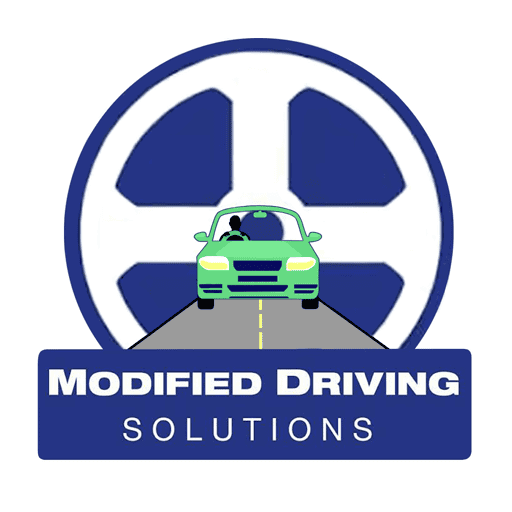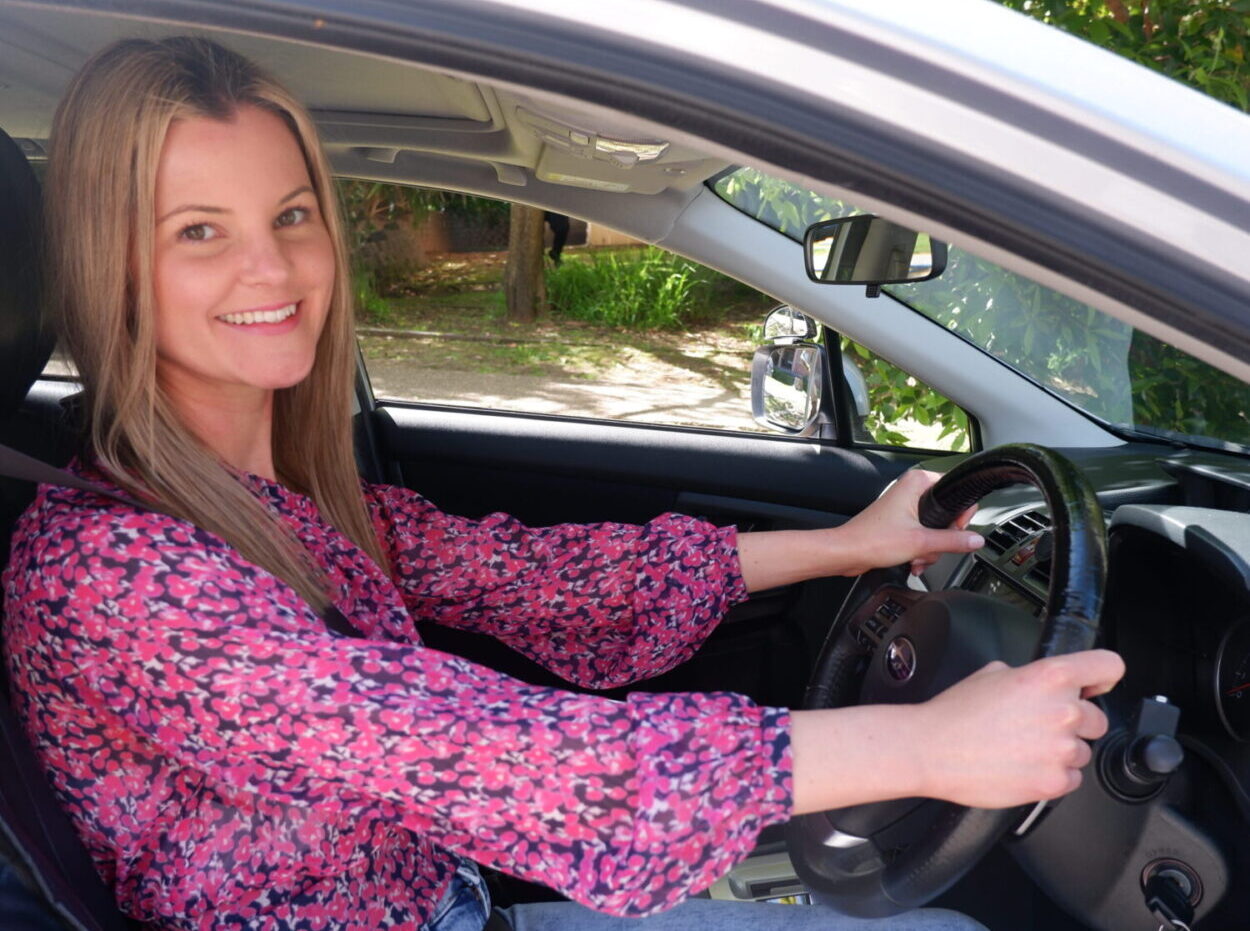Introduction
If you have been asked to participate in an occupational therapy driving assessment, there is no need to panic. These assessments are more common than you may think. It is a comprehensive and tailored evaluation that will tell you if you’re safe driving because of a medical condition or disability. In this article, we’ll go over what goes into an Occupational Therapy driving assessment and how you can prepare for it so that the whole process goes smoothly.

How can you prepare for an occupational therapy driving assessment?
If you are the person being assessed, you can take several actions to prepare for your OT driving assessment.
First, it is important to understand and clarify why you have been referred to complete the assessment. Usually, either your doctor or the RMS will ask you to undertake the OT driving assessment. It is important to note that these assessments are only recommended if there is a medical condition or disability that is potentially impacting on your driving skills. Often, your doctor (GP and/or Specialist) will have to fill in the RMS fitness to drive form. In NSW, any medical diagnosis or disability that may affect driving capacity must be declared to the RMS.
On the RMS medical fitness to drive form, your doctor will be asked about your general medical and health history, including any history of conditions such as seizures, stroke, cognitive conditions, physical impairments or diabetes. It is crucial that if you have any questions or concerns about the medical reasons for why you are required to complete this assessment, ask your doctor to clarify the situation.
Once you are aware of why you require an OT driving assessment, it is then time to start to organise an appointment with the Occupational Therapist (OT). OTs who perform these assessments are specialised in this area, so you must find an OT service with the appropriate qualifications. You can ask your referring doctor, the RMS or OT Australia for recommendations.
To be able to undertake the OT driving assessment, you need to have an active driver’s licence. A minimum learner’s licence is required. If your licence has expired, been cancelled or suspended, this must be rectified with the RMS before proceeding with the assessment.
Can I drive to prepare for the assessment?
To help prepare for the assessment, you may practice driving. However, this depends on your current licence and any conditions you may have. For example, for some drivers, the RMS have downgraded their licence to a Learner’s until they complete the assessment. In such cases, you must comply with all the conditions of holding a Learner licence. Some drivers may also have a (temporary) condition on their licence limiting them to only drive with a licence driving instructor. As such, if the driver wants to practice for the assessment, they will need to reach out to a driving instructor and undertake some lessons.
Generally, how much driving practice a person undergoes in preparation for the assessment depends on how much recent driving experience they have had. For instance, people who have not driven for several months (e.g. after suffering a stroke) will commonly have driving lessons before the assessment. This can help them to better understand if they are ready to return to driving.
Does the assessment involve a driver knowledge test?
During the off-road portion of the assessment, the OT will assess your cognitive thinking skills in relation to driving. You will complete exercises (on a tablet/iPad) focusing on skills such as recall, memory, processing speed and decision-making. The assessment does not assess your knowledge of road rules or laws specifically, as you are expected to have a competent understanding of this already.
What’s involved in an Occupational Therapy driving assessment?
If you’re asking yourself, “What is an occupational therapy driving assessment?” you need to know that it’s a process that occupational therapists use to evaluate your ability to drive. While driver trained OTs see people with various medical conditions, the process is generally the same for all clients. On the day of assessment, you will need to have your driver’s licence and any medical reports or documentation the OT requires (should be clarified before the assessment). You will be assessed in the vehicle transmission of your current car.
The OT and driving instructor come to your home and the process is split into two parts:
a) Off-road assessment – Involves the OT completing cognitive, visual and physical tests to look for any obvious issues that may influence your driving capacity.
b) On-road driving assessment – You will drive the driving instructor’s vehicle in all traffic conditions. You are asked to drive for one hour, where the OT will observe the effects (if any) your medical condition is having on your driving.
Afterwards, the OT will discuss the results with you, as well as what will happen next. For example, you may need to get a new driver’s licence from the RMS if any changes on your licence conditions have been recommended. The OT will send the report to the RMS and your referring doctor.

Summary
It is common for people to feel nervous or uneasy about having to undergo an OT driving assessment. It is important to remember that the purpose of the assessment is to ensure you return to driving safely following a significant medical diagnosis. Medical conditions must be reported to the RMS, and medical professionals have an obligation to refer their patients for the assessment if they have any concerns about driving capacity. As driving is a practical activity, doctors are not always best placed to wholly assess driving ability following a medical event or new diagnosis. The effects of a medical condition on driving is not always apparent and often, the only way to fully assess this is to observe the person driving.
If you are required to complete an OT driving assessment, it is best to fully understand the medical reasons why, and become familiar with the process. This often involves organising medical assessments or reports and submitting documents to the RMS, as well as completing the assessment itself.

